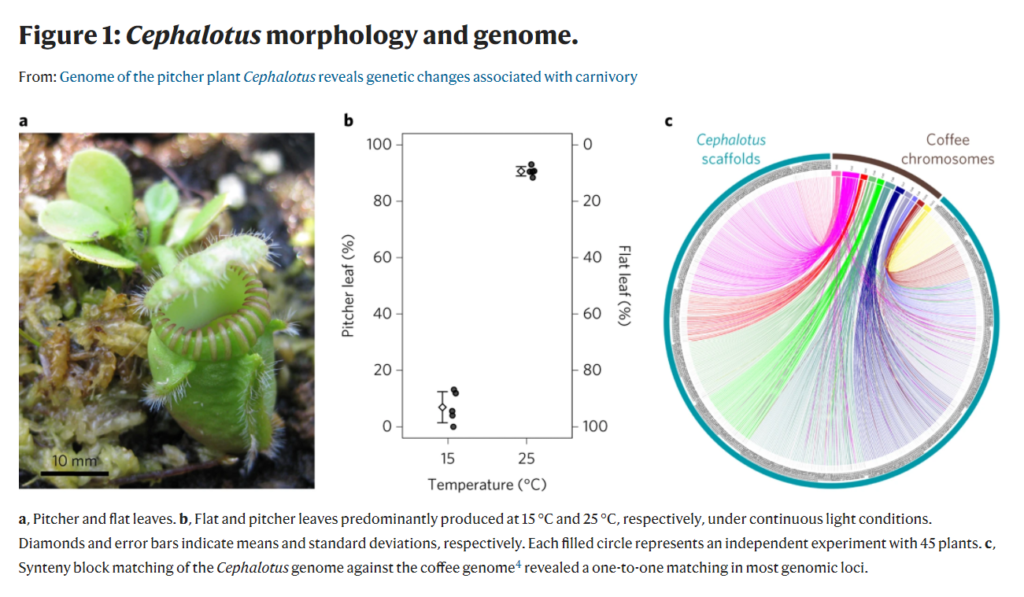G. Paolino, M.R. Di Nicola,, P. Di Pompeo, J.C.M. Dorne, S.R. Mercuri
Abstract
Introduction. Spider bites are often overestimated because there
are no specific clinical or histopathological aspects that characterize
them, and skin lesions that resemble a spider bite are often wrongly
considered to be a “true spider bite”. However, even in case of a
true spider bite, it is almost impossible to confirm the biting species,
since very often neither physicians nor patients are trained in spider
identification.
Objective. The aim of this report is to provide clinicians with a rapid
and simple recognition of the few Italian medically relevant spiders, in
order to take relative medical measures in case of spider bites.
Materials and methods. We defined spiders of considerable medical
relevance the ones that cause local symptoms with possible systemic
involvement, while we defined spiders with mild medical relevance the
ones whose bite is not a medical emergency but is particularly painful
or can cause lasting symptoms. We focused on the identification of the
four spider taxa of major clinical interest through a brief descriptive,
photographic and graphic guide, in association to dermatological
manifestations.
Results. Spiders of considerable medical relevance are Loxosceles
rufescens and Latrodectus tredecimguttatus, while spiders of less severe medical relevance are Steatoda paykulliana, S. nobilis, S. grossa,
Cheiracanthium punctorium, Amblyocarenum spp. and Macrothele
calpeiana (the presence of the latter in Italy is only accidental and
very sporadic). The only species capable of causing necrosis is Loxosceles rufescens, while Latrodectus tredecimguttatus can cause more
systemic symptoms.
Discussion and Conclusion. With the aim of promoting a first and
rapid recognition of the species, we performed a morphological usable
aspect for an initial and quick recognition according to an identification
key. Clin Ter 2021; 172 (4):336-346. doi: 10.7417/CT.2021.2338
Continue to read the full article on PUBMED
